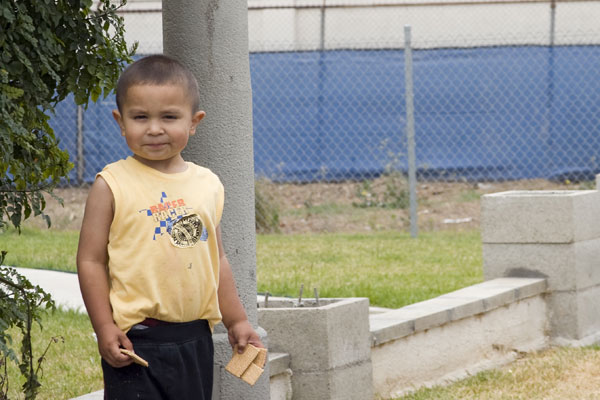Orphans Should Wait No More
Leslie Ford /
Today in the United States, there are 400,540 children in the foster care system. Approximately 104,236 of these are orphans waiting for adoptive families to call their own.
Sixty-nine percent of children in foster care spend five or more years in the system. They spend their childhood circulating in and out of the foster care system, living in temporary foster homes, frequently moving from home to home.
This is why Focus on the Family launched Wait No More in 2008: to inform more Americans to the urgency of the need of children waiting for adoption. Wait No More is led by Kelli Rosati, Focus’s vice president of community outreach and an adoptive parent.
Focus on the Family hosts one-day events to introduce families interested in adoption to the thousands of children waiting for adoption. In the workshops, they provide the tools, information, and support to encourage loving families to open their arms to these needy children.
The results are remarkable. To date, thanks to Wait No More events, 2,400 families have begun their adoption from foster care. In Colorado alone, the number of children in foster care waiting for adoption was cut in half within just a couple years due to ongoing efforts such as Wait No More and other faith-based collaborations.
Everywhere Wait No More has brought its events, it has impacted the lives of orphans who would have been left without families. John J. Specia Jr., commissioner of the Texas Department of Family and Protective Services, commended Wait No More’s efforts:
The child welfare system can do many things to protect and care for children, but it cannot be a child’s family. We need our community partners to help provide the longstanding support and permanent families that children deserve once Child Protective Services’ intervention has ended. Faith communities are invaluable in this effort…. I want to extend my sincere thanks for creating the “Wait No More” event.
The foster care system still has a long road ahead of it to create lasting reforms for the 104,236 children waiting for families. Over the past decade, the number of children aging out of foster care has still increased from 19,000 to 30,000.
Thomas Atwood, former president of the National Council for Adoption, summarized the realities facing many foster children:
Sadly, for many tens of thousands of children and youth, foster care is more like a trap door than a safety net, beneath which they languish for years in multiple placements without the loving parents and permanent family that all children need and deserve. Long-term foster care is the de facto case plan for many children.
Initiatives such as Wait No More are a powerful example of the good work done by faith-based organizations. Policymakers should ensure that the work of faith-based and other private organizations is able to thrive and reform the foster care system so that children don’t end up caught in a bureaucratic trap. Children in foster care should have the greatest opportunity to be raised in stable, loving families.

